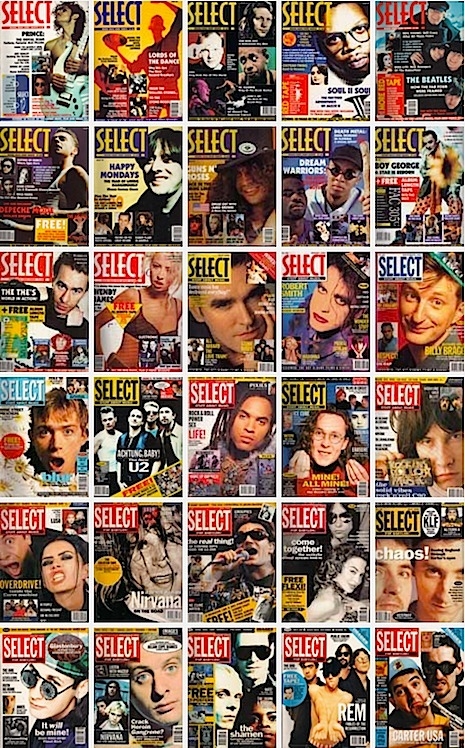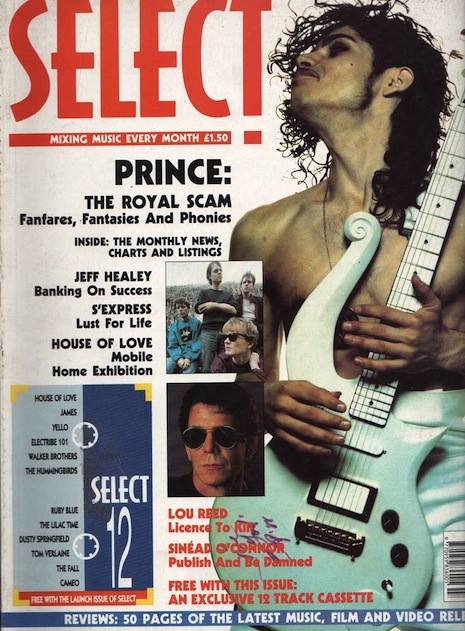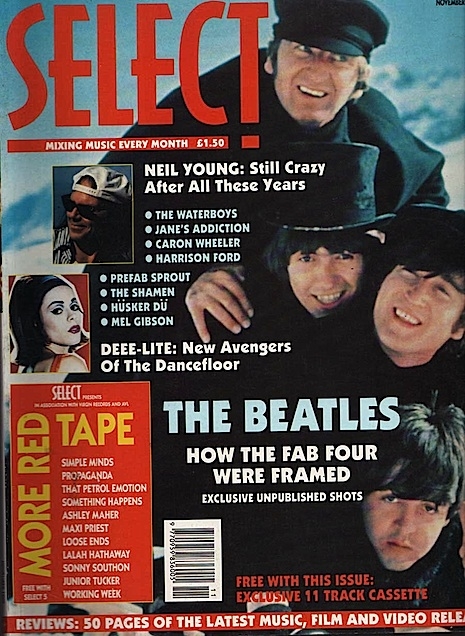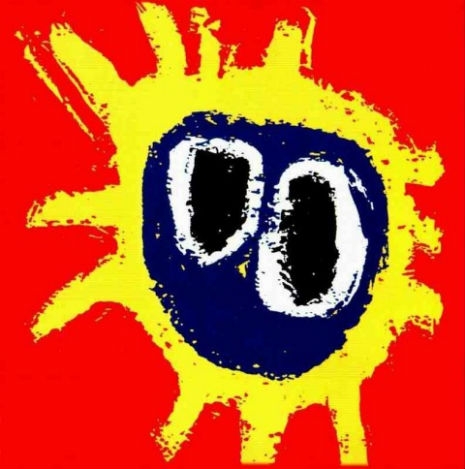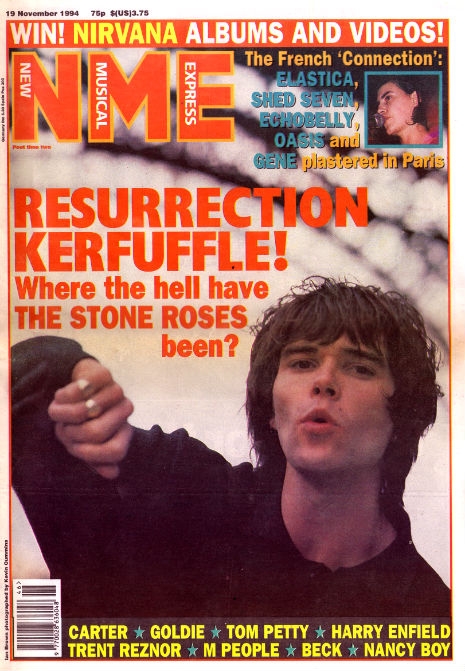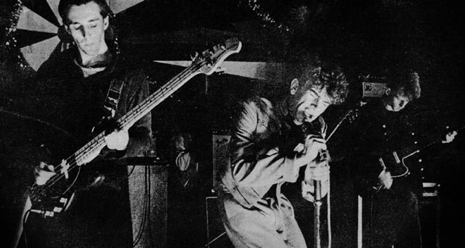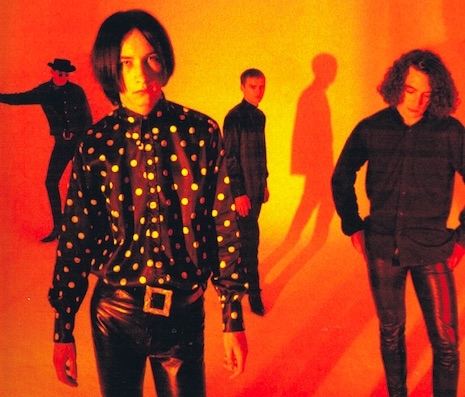
One small but hugely significant turning point in the long career of Primal Scream came when Alan McGee gave Bobby Gillespie an ecstasy tablet at a Happy Mondays gig in 1989. McGee was the visionary top dog at Creation Records. Gillespie the Primal’s lead singer. The pair had known each other since school.
By 1989, the Primals had been together for seven years and had released two moderately successful albums. Their debut Sonic Flower Groove had a slightly fey upbeat jingly-jangly sound which some music critics unfavorably compared to Arthur Lee’s Love and the Byrds. Today, Sonic Flower Groove is considered a “retro masterpiece,” but at the time it was out of sync with the infectious drug-fueled club and rave culture that was changing the beat.
The Primals’ self-titled second album sounded as if the band had woken up one day and decided to be the Rolling Stones. It’s a good album with some key songs—in particular “I’m Losing More Than I’ll Ever Have” which was later remixed by Andy Weatherall to become the generation-defining track “Loaded” on Screamadelica. At the time of its release, one wag of a rock critic claimed Primal Scream was the album when one could hear the band’s “testicles drop catastrophically.”
Despite the albums’ high points and their current critical reassessment, both records were like cool young kids trying on the grown-ups clothes to see what would fit and what matched their style.
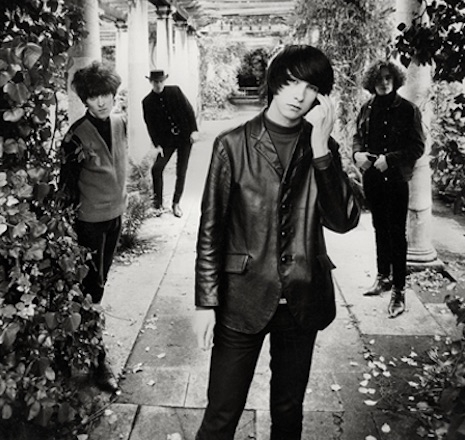
For Gillespie, the band’s music had to be rock ‘n’ roll like Johnny Thunders or Link Wray, but this was at odds with the music being produced under the influence of ecstasy.
Alan McGee had seen the light. He also believed in Bobby and Primal Scream. But he thought that maybe if they necked a few “eccies” then they might get into the groove too.
At the Happy Mondays’ Hacienda gig in 1989, McGee had three ecstasy tablets. He took one and gave the second to Gillespie, who managed to drop it on the floor. McGee then (probably reluctantly) gave Gillespie his last pill. But it was well worth it.
“Gillespie got it,” McGee later said. “By about June, [he thought] he’d invented acid house!”
Everything changed after that.
Watch Primal Scream in concert from 1987, after the jump…






